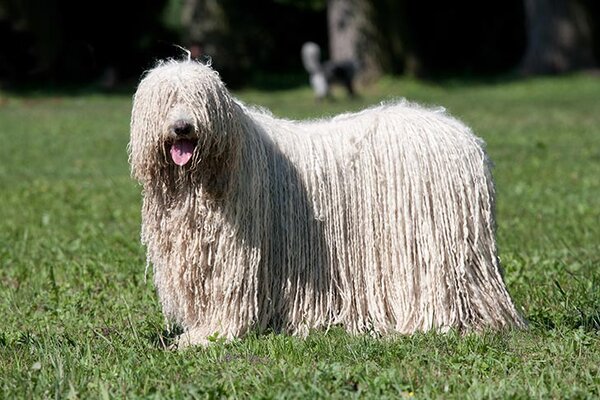Do you recall when I was discussing how Brian Reeder said these traits you select for are QUANTITATIVE with each subsequent selection and breeding for them, the traits increase incrementally?Next, mt. Non-molting is a QUANTITATIVE trait and is called an autosomal ( body, remember not sex-linked trait) recessive. It's a weird recessive, though, it is not straightforward like most genes. It has a couple of very strong, unusual effects that are pretty important.
1. You will see blood feathers that stay for a Very Long Time( I discussed this earlier) and that is called " perpetual growth" (think Onadagori fowl for the most extreme example).
2.The second thing that is abnormal is that molting is delayed.
Brian Reeder suspects these two effects may not even be caused by the same gene, but this is the best information we have to date, so I am sharing it from his book and his extensive research. It appears much of this can be traced back genetically to the Green Jungle Fowl, and there is a PhD paper, I believe that was going to be a thesis written in the late 1990's but I don't know that it was ever argued and published. David Rogers may have more data on this.
One of the strange things with non-molting genes in these birds is that it does not follow the 1:2:1 Mendelian patterns most people are familiar with, but instead, remember I said Brian Reeder favors the " quantitative hypothesis" ? it appears that every time you select for the non-molting trait to get longer feathering, that the non-molting trait increases incrementally in your poultry stock. Thus, the more you select and breed individuals for this, the more the trait is expressed in the offspring, and more tahn you would normally expect.
Dr. Whiting mentions this in one of his many youtube videos. He stated he now has that long-feathering trait showing up on the sides and the wings of his birds, and displays an example of a bird expressing this condition.
Brian Reeder is of the opinion that over-selection for the non-molting trait to get long feathers may, in some cases, if carried too far, result in a neurological condition that presents as seizures in certain birds and its a pleitropic type of effect.
. IF non-molting occurs without perpetual growth, those blood feathers dry up, but they stay in place and won't be molted for 18 months or even longer. In " The Introduction to the Form and Feathering of Domestic Fowl" Reeder matches this to the same pattern that the Green Jungle Fowl demonstrates.
I will expound on this concept in a later post, because I feel it is a lot to take in at one sitting.
3. Sd! This stands for that all-time important saddle hackle!
Next time, if there is interest, I will discuss this saddle hackle gene, Sd.
I think I discussed it a bit before, but, it too, is not the easiest concept. The saddle-lengthening factor ( Sd) occurs separately from Tail Growth ( Tg) but in almost an identical manner.
I hope some of this was helpful? Take care!
Here is a prime example in this photo from Dr. Tom Whiting. It was on a web page, I did not take the photo.
It shows how since he selected for that long feather growth, it has increased all over the bird, including on the wings amd sides, as mentioned.





